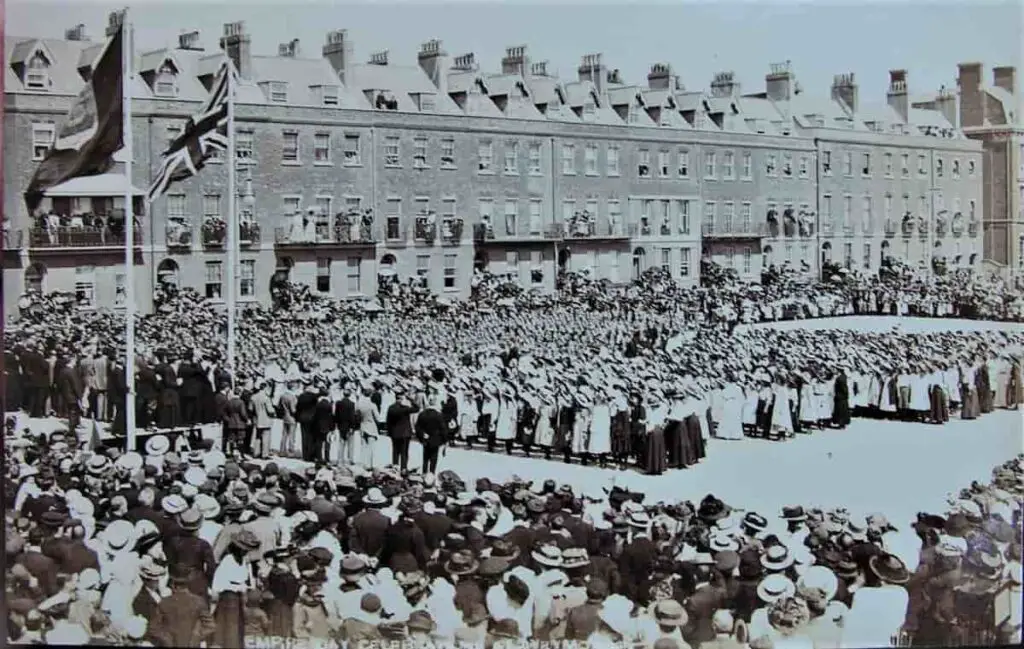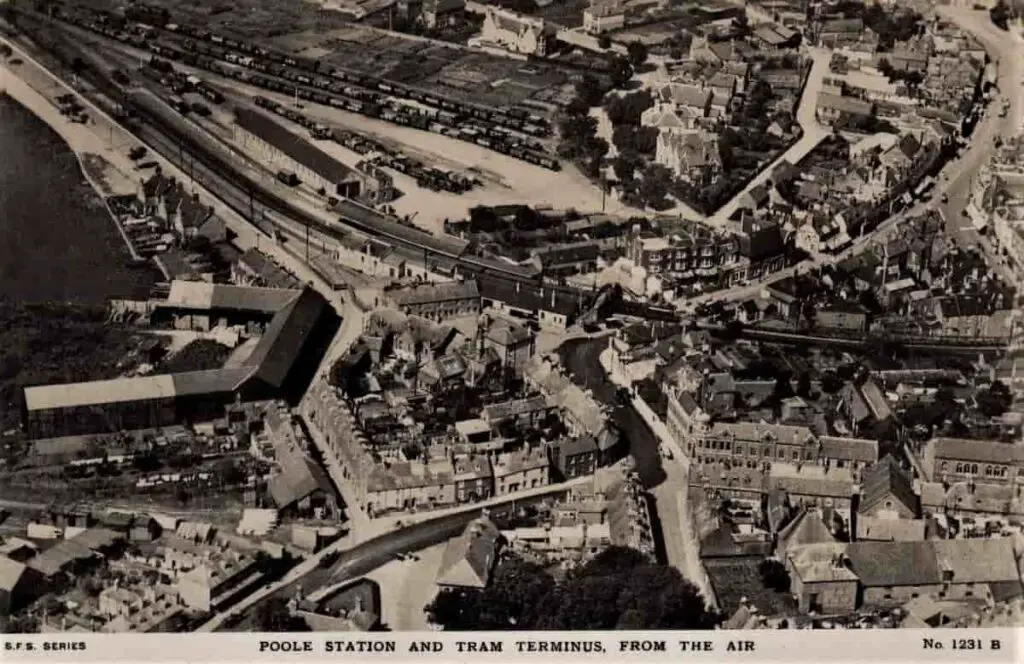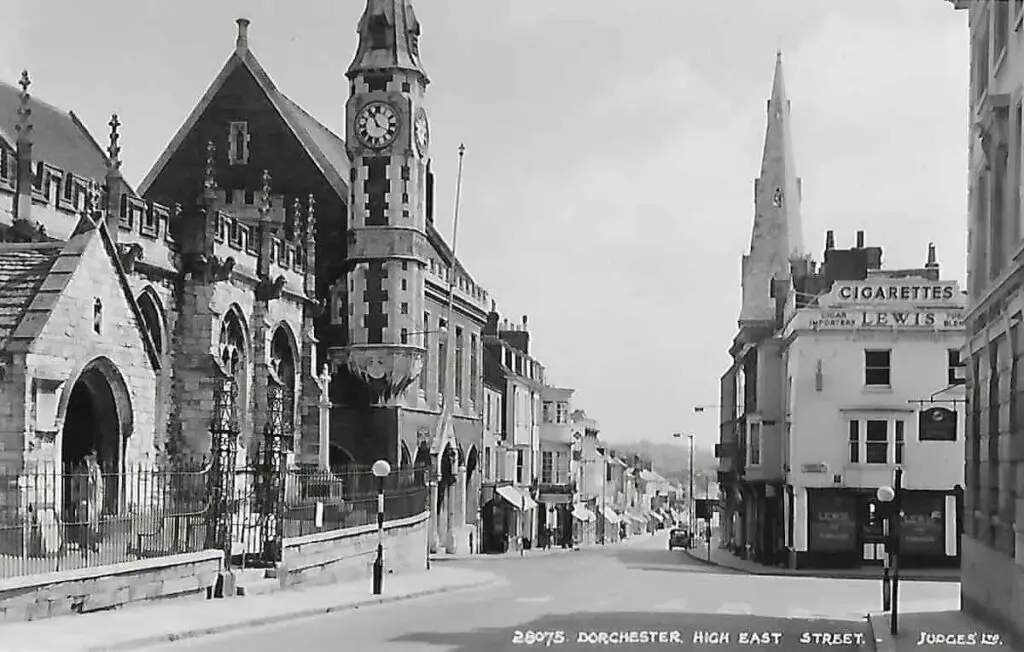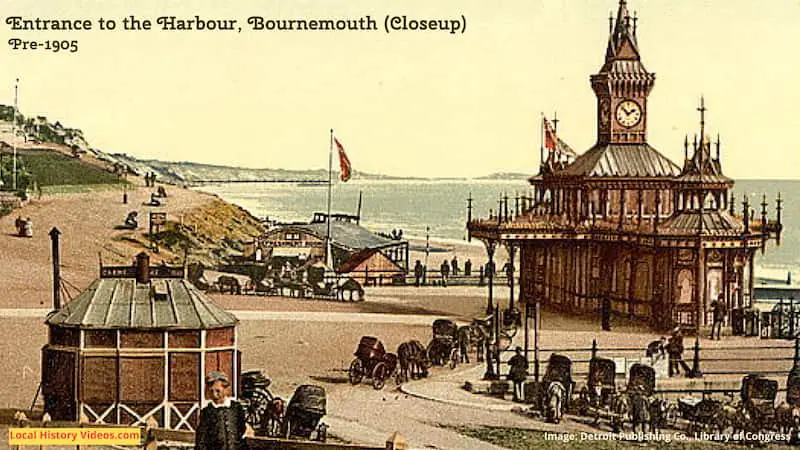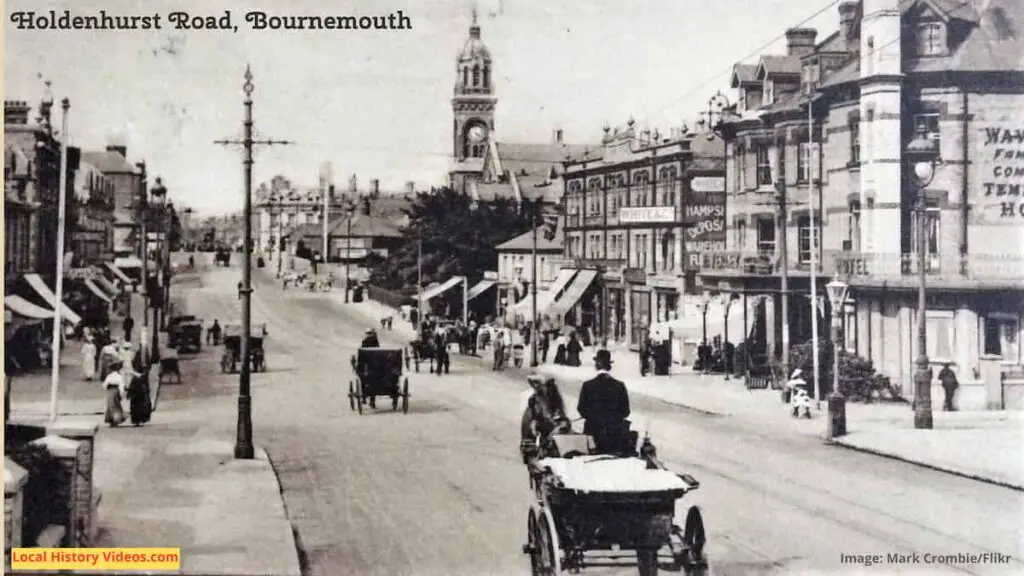Glimpse history through old images of Swanage, in Dorset, England.
Old Photos of Swanage
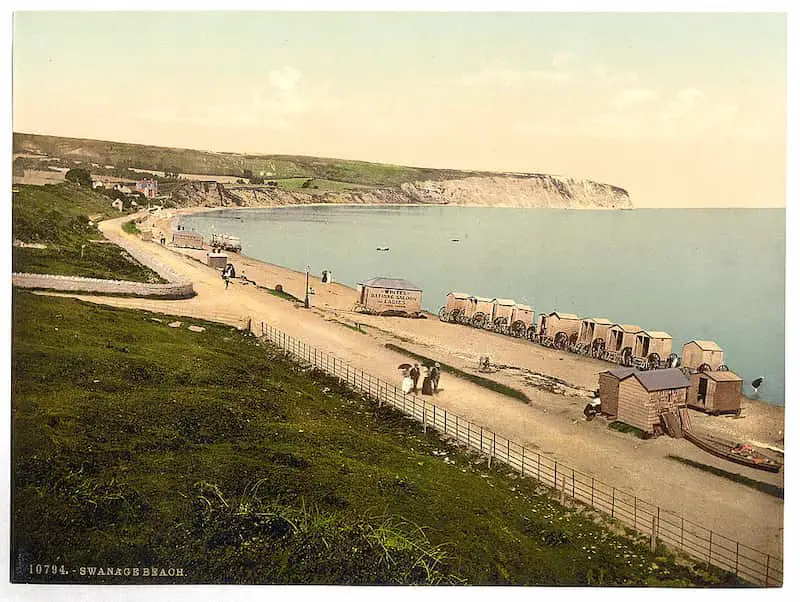
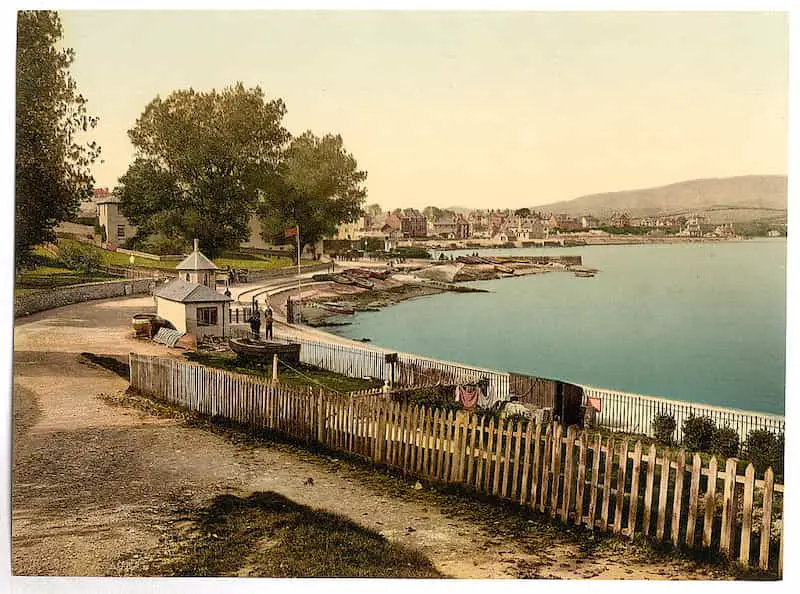
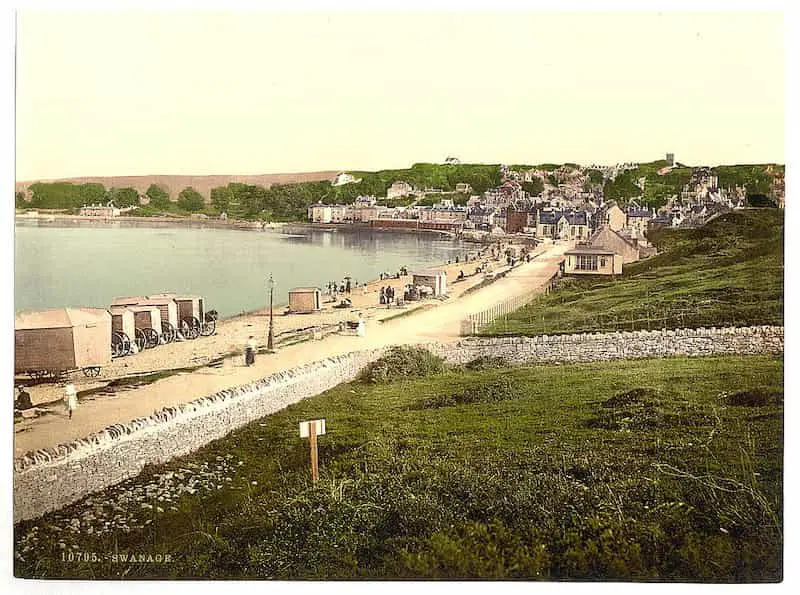
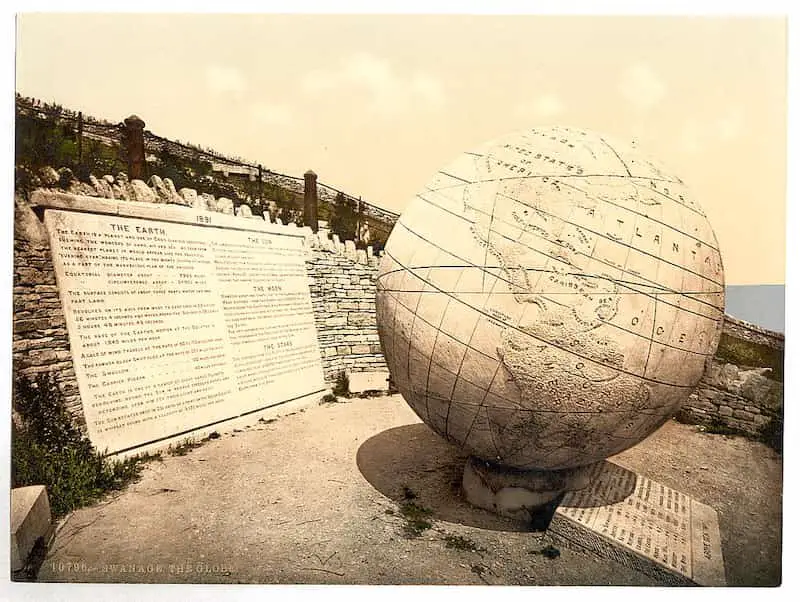
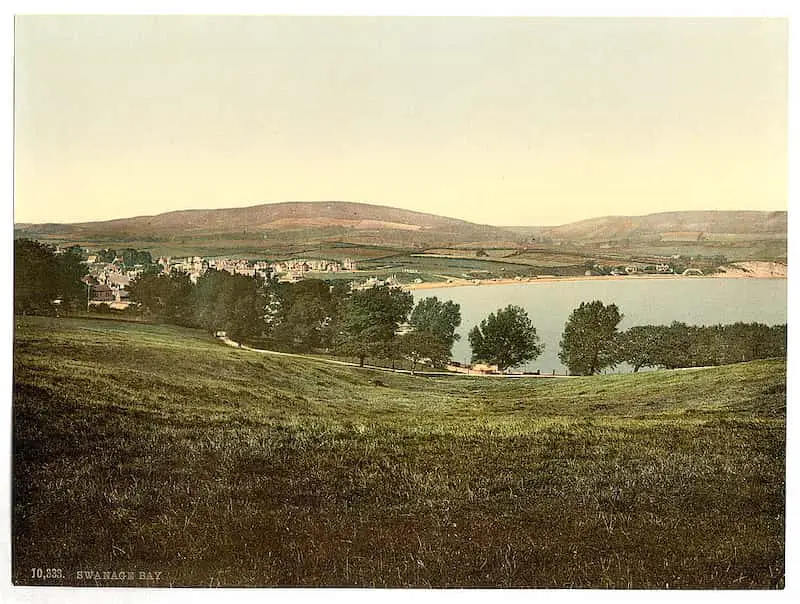
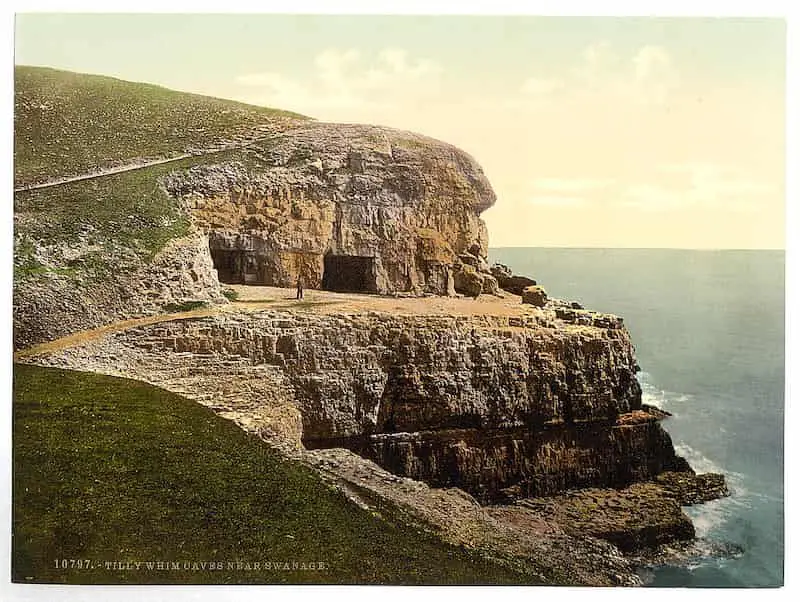
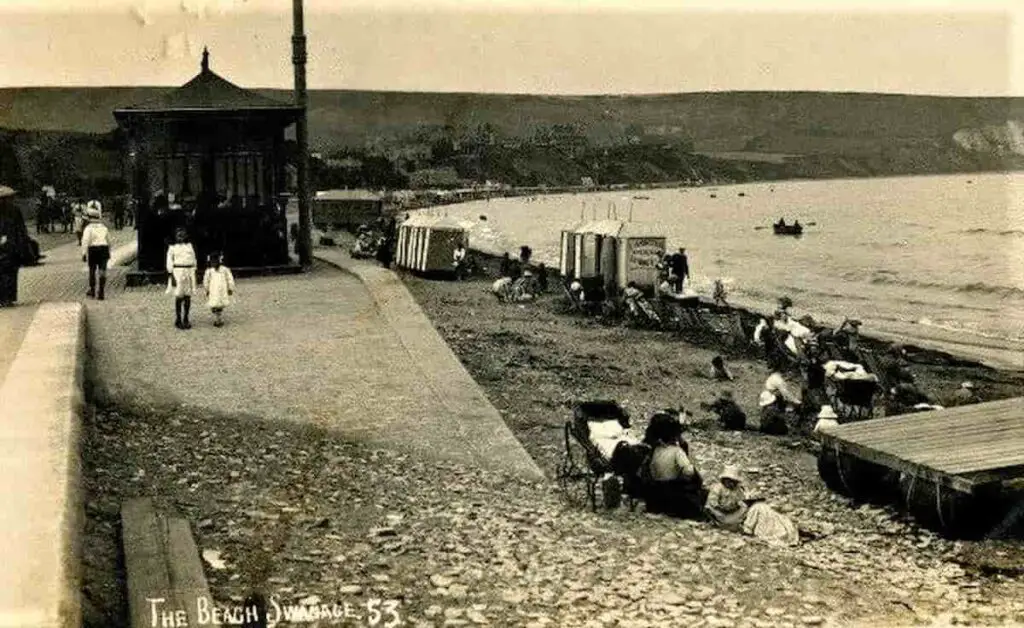
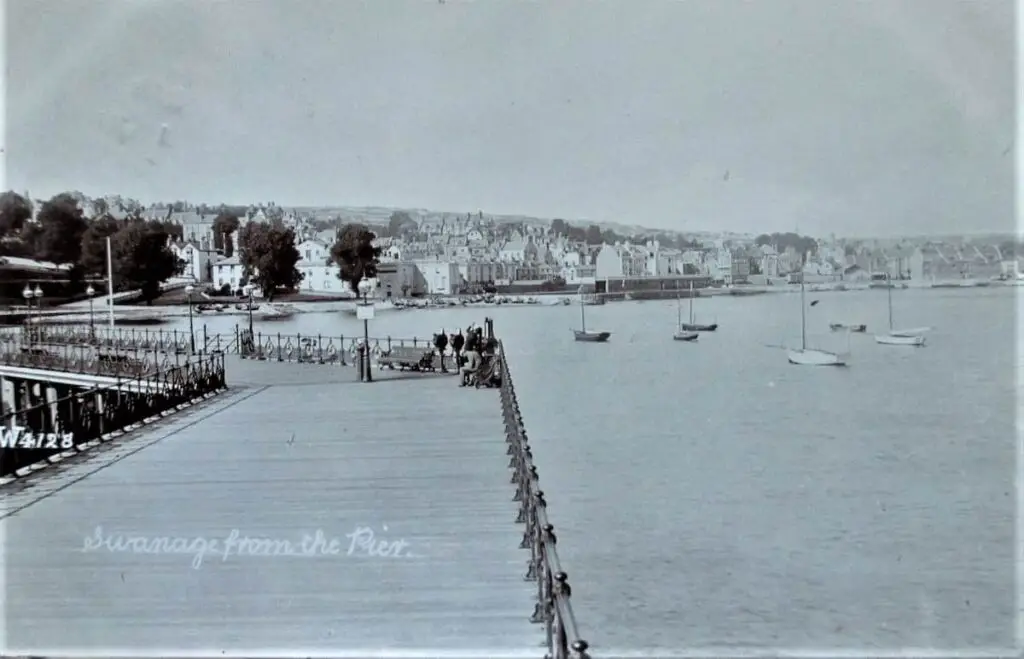
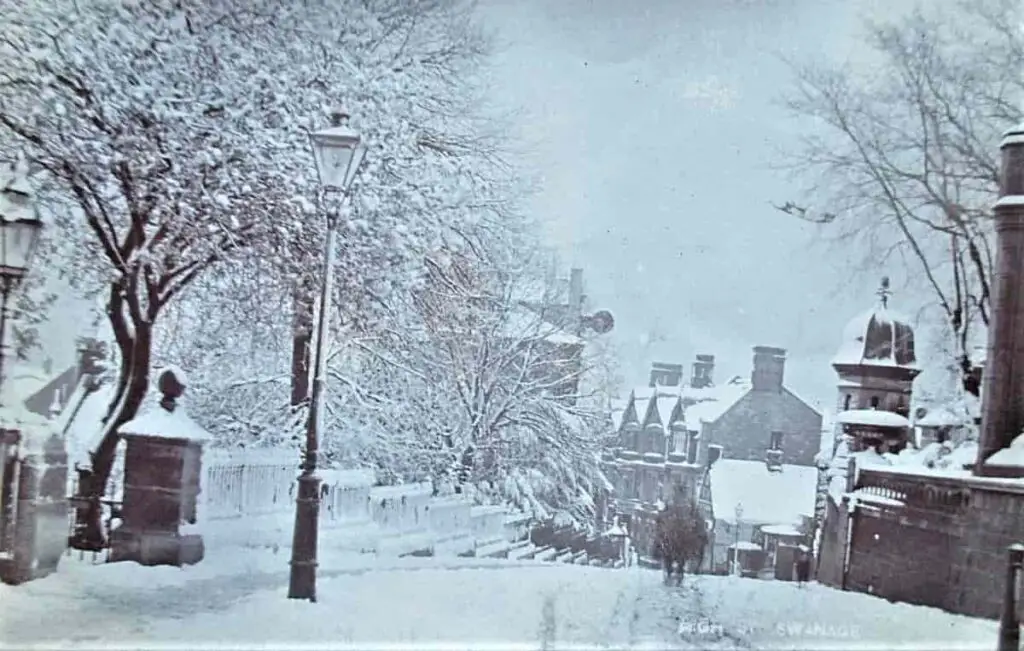
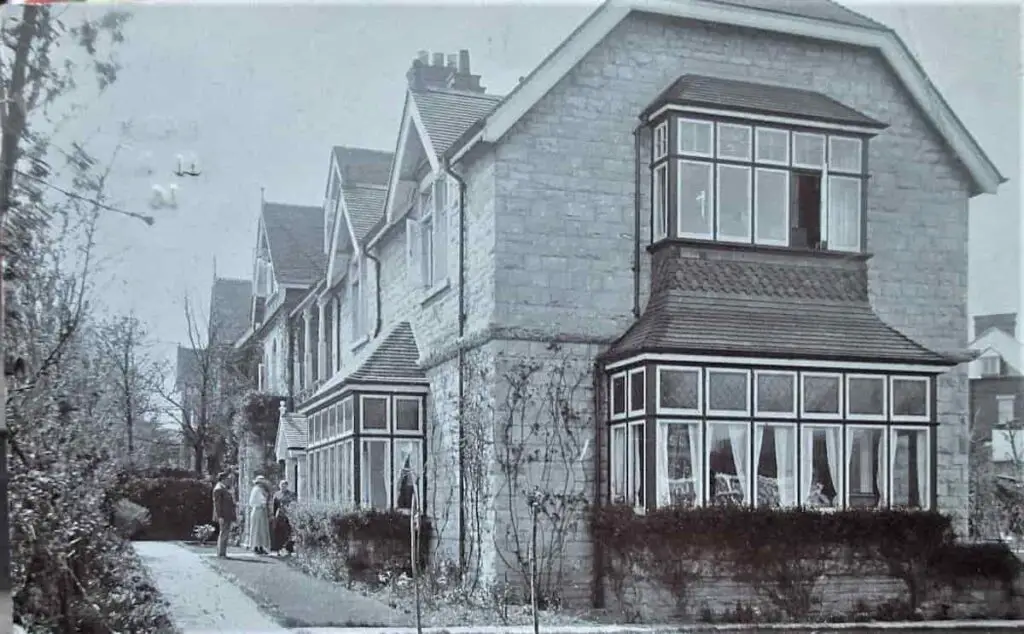
Dangerous Beach Mines 1955
On 13th May 1955, a group of about 20 young children were making sandcastles on Swanage beach. As one of them dug into the sand, he discovered some sort of tin, and the children all stuck in trying to pull the lid open. Unbeknownst to them, the tin was an unexploded land mine.
It had been planted as part of the wartime defences during World War II, was lay undiscovered despite the beach having been cleared three times and issued with a clearance certificate in 1950.
The bomb went off, killing five schoolboys. They were Robin Ardach, Jeremy Dennis, Richard Birch, David North-Lewis, and Jason Oliver. To make matters worse, only four bodies were ever recovered.
Other children in the group escaped with their lives. 10-year-old Robert Key, who later became the MP for Salisbury, and his friend Richard Dunstan, were both thrown into the sea by the force of the blast.
I couldn’t find any public accessible footage of the news reporting about this tragic incident, but did find this item about the dangers these mines still posed a decade after the second world war had ended. The footage talks about the boys’ deaths, and shows what the beach mines look like.
UNITED KINGDOM: THE DANGER FROM MINES (1955) – British Pathé on YouTube
Spearfishing in 1961
In 1961, groups of people, including William Bugler, Barry Ratcliffe, and Ron Burneston were filmed taking part in spearfishing.
At the beginning of this short film clip about it, we see some of Swanage’s seafront buildings behind the line of people.
Fisherman Go Below (1961) – British Pathé on YouTube
Swanage in the 1970s
The hit TV show ‘Wish you were here?’ aired an episode about Swanage and Corfe Castle on 10th February 1977. Presumbly the footage had been recorded the previous summer.
1970s Britain | Swanage | Corfe Castle | Isle of Purbeck | Wish you were here? | 1977 – – Thames TV on YouTube
Swanage and Corfe Castle in 1977 – Thames TV on YouTube
A Bit of Swanage History
Extract from:
Swanage (Isle of Purbeck): Its History, Resources as an Invigorating Health Resort, Botany, and Geology
by W.H.Everett
Published in 1890
Pages 14 – 18
The town of Swanage consists of but one narrow, winding street, which is undeniably picturesque. The cottages are quaint looking, and built of the famous Purbeck stone; and some of them are said to be several hundred years old. They are sunk many feet below the level of the road, a person passing being able to reach the roof with slight exertion. From this old center of the town streets of new houses of handsome appearance are branching out in various directions, and with their gardens and plantations give the appearance of a rising and prosperous seaside resort. An old feature of Swanage is about to succumb to modern improvement. Now that the town is a terminus and the stone is no longer sent by sea, the stone-yards along the quay have become obsolete, and there is talk of an esplanade to take their place, with gardens and ornamental buildings for the use of visitors, who come by the numerous pleasure steamers which ply between Swanage and various well-known towns.
In the center of the old part of Swanage stands a cottage carefully fenced in, and surrounded by beautiful and choice shrubs, which flourish in great luxuriance. In the gable end of the cottage has been inserted a tablet, bearing an inscription to the effect that the Rev. John Wesley, the founder of the sect which bears his name, spent some time there as the guest of Mr. Burt’s grandparents.
On the opposite side of the road stands Purbeck House. It occupies the site of an ancient monastery of the abbots or monks of Binden, and has an unrivaled view of the surrounding landscape.
One of the most remarkable features of Swanage is the Parish Church. Much of the edifice is modern, though built on an ancient site. The tower, which is stated by tradition to have been erected before the birth of Christ, is the oldest building in the island, not excepting even Corfe Castle; for though composed of the same sort of stone, this has acquired a greater degree of nitrous incrustation than that has, and, like it, the mortar is almost petrified by the action of the atmosphere through such a length of time. It was probably once used as a fortress, as there is still a moat filled with water on the western side. Exceedingly massive, with walls of great thickness, it rises almost perpendicularly in five stages to the height of about eighty feet, and is entered on the outside from a flight of steps about twenty feet high. In Christian times there is a record of three churches having been added to it. The tower has a peal of eight bells, four of which are new, having recently been placed there at the cost of Mr. George Burt to the memory of his late wife.
On a tombstone in the churchyard is the following epitaph:
Near this Stone
lie the earthly Remains of
MR. THOMAS MANWELL
who
(unassisted by education).
by the strength of a superior genius, and
Nature for his guide,
broke thro’ the barrier to literature, and
acquired a degree of knowledge which
might have rank’d him with
the first Philosophers of the Age;
but
being a child of Solitude, his retired
meditations were far dearer to him
than the acquirement of
Fame,
And if Charity, Humility, and Meekness,
with
Faith in a Redeemer be Christianity
he was a perfect Christian.
Obits. 4th Feby., 1822.
Anno Etatis 70.
Vide “Southey’s Life of Dr. Bell.”
The above epitaph was written on one of Mr. Burt’s maternal ancestors by Dr. Bell, Rector of Swanage from 1801 to 1808, when he was appointed to the Mastership of Sherburn College.
Dr. Bell took great interest in the Manwell family, and assisted one of Mr. Burt’s uncles – formerly a stonemason in Swanage to become a master in St. James’s Schools, Piccadilly.
Dr. Bell died at Cheltenham, January 27th, 1832, and was buried in Westminster Abbey (about half-way up the nave from the west door), the inscription on the tombstone being, “The Author of the Madras System of Education.”
The bay, having of late years come into repute as a health resort, several large buildings have been added, which greatly improve the general appearance. Among the principal are the Library, containing some thousand books, and the Royal Victoria Hotel, a spacious building sheltered in its different aspects from all winds, and containing hot and cold sea-water baths. The bay, though not large, is beautiful, and affords security for vessels of three hundred tons burden, which can ride here steadily. Considerable improvements have taken place in the neighbourhood; and the mildness and salubrity of the air, possessing all the advantages of a southern climate, render the town peculiarly desirable as a winter residence.
The manufacture of straw-plait employs many of the women, and the chief occupation of the men is in working the quarries, though sailcloth and sacking are also made in and near Swanage. There are no ores of any kind found in the county, nor are there any mines of coal, the supply in this article coming either from Newcastle or Wales; the proportion between the Newcastle and the Welsh coal is as thirteen and a half bushels of the former to one ton of the latter.
There are two or three mineral springs in Swanage, but they have not hitherto been used for medicinal purposes, though probably not unknown to the Romans. There are also several Roman camps and barrows in the neighbourhood, and old coins have been found under the soil.
CHURCH LANDS. The manor of the Dean and Chapter of Exeter vulgarly called “Eight Holes,” from the number of tenements contained in it – lies at the east end of Swanage. It anciently belonged to the Priory de Vasto or Wasto, and seems to be the same manor that at the Conquest belonged to the Countess of Bologne, but was afterward given to the Dean and Chapter of Exeter, as were Winterborn Monkton and Rockhampton. In the reign of Richard II, the lands of the priory here were rated at 14s. Swanwich manor was held at his death by John Syward of the king in chief. It was probably this manor because that family were lessees or lords mesne of the manor under the Prior de Vasto, as they were of Winterborn Monkton. In the third year of Edward VI, eight cottages, etc., in Swanage were granted inter alia to Keylway, etc. Elizabeth also granted lands here to the Dean and Chapter of Exeter and their successors. This little manor has generally been leased out to several persons. In 1293, the lands of the Prior of Frampton here were rated at 9s. During the reign of Philip and Mary, Sir George de la Lind held a messuage and land in Swanage of the Prior of St. John of Jerusalem, as of his manor of Fryer-Magne.

